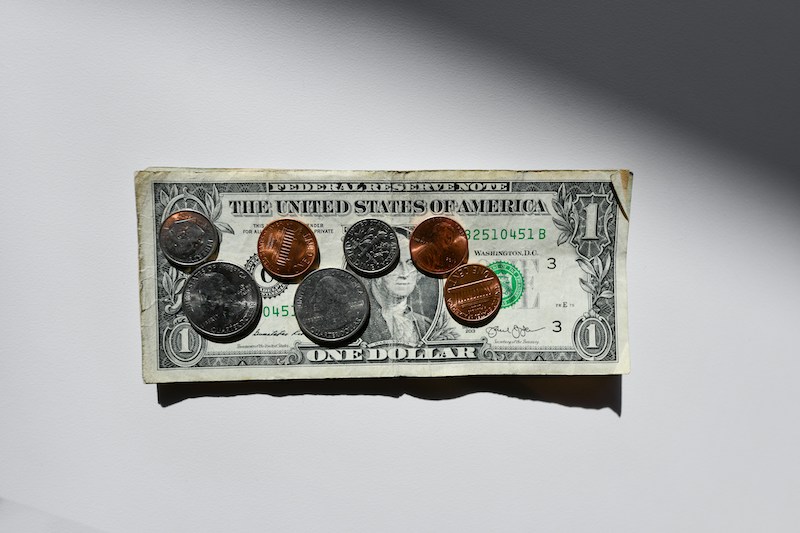
After years of talk, the world’s most familiar digital payment platform, Paypal, is finally embracing cryptocurrency as a form of accepted currencies for all its US users.
Bitcoin, Ethereum, Bitcoin Cash, and Litecoin will be the cryptocurrencies accepted by PayPal. “The shift to digital forms of currencies is inevitable,” said Dan Schulman, president, and CEO of PayPal in an October 21st press release.
Experts in the crypto world have often linked the volatility and shortcomings of cryptocurrencies to its lack of accessibility in markets, so this new acceptance on part of Paypal might just be what’s needed to propel cryptocurrency use into the mainstream economy. Paypal will develop complementary cryptocurrency educational resources on its website.
Currently, you can get on the waitlist to trade cryptocurrency on PayPal, as it’s not officially tradable yet. Beginning sometime early next year, users will be able to not only buy and sell the currency but also use it to make purchases to any of Paypal’s 26 million merchants.
What Is Cryptocurrency?
You may have heard the words “cryptocurrency” or “Bitcoin” before; you may even know what they are. Pop culture has long depicted futures in which money has gone completely digital. With the growing acknowledgment of cryptocurrency, that future may not be far away.
The Dutch bank ING released an extensive survey about cryptocurrency, in September, revealing that while almost three-quarters (74%) of people know that cryptocurrency is a type of digital money, nearly the same amount of (73%) incorrectly identified the governing body for cryptocurrency, or said they did not know how it worked.
Cryptocurrency is a type of digital currency secured by cryptography technology that makes it nearly impossible to counterfeit. Cryptocurrency is not controlled by any government or entity, and the middle man (AKA the bank) is cut out of the equation.
(adsbygoogle = window.adsbygoogle || []).push({});
How Does It Work?

Cryptocurrencies allow you to make secure transfers online which are denominated in terms of tokens. Behind the scenes, the network shares a blockchain (digital ledger) that records all transactions.
How Can I Use Cryptocurrency?
In order to buy cryptocurrency, you need an online application, known as a “wallet” to digitally store it in. This can be done through an app such as the Bitcoin Wallet, or through a free investment app such as Robinhood.
You can use your cryptocurrency to buy goods or services from many retailers and merchants that accept cryptocurrency, transfer it directly to other cryptocurrency users, or exchange it for other digital or paper currencies.
Cryptocurrency can also be earned through mining, which is often referred to as the process of digitally mining for gold.
 Money Work GIF by Mr.CryplyGiphy
Money Work GIF by Mr.CryplyGiphy
Types of Cryptocurrency
Bitcoin was the first of its kind and is still the most popular cryptocurrency used today. Other alternative cryptocurrencies have come out since, including the Litecoin and Ethereum.
Bitcoin
The original Bitcoin code was developed in 2009 by the individual or group known by the anonymous pseudonym, Satoshi Nakamoto. Bitcoin is not owned by any individual or company. All users are able to use and develop the bitcoin software.
Today, Bitcoin is split into two different cryptocurrencies: the original Bitcoin (BTC) and Bitcoin Cash (BCH). The main difference between the two is that the latter was created to increase the speed of transaction processing. Some experts worry about the security of the newer Bitcoin cash, as the program doesn’t necessarily follow the guidelines in programming set out by Nakamoto. As it is, Bitcoin still remains the most widely used of the two.
Cryptocurrency Benefits
Since cryptocurrency operates in a decentralized manner, cutting out the middleman in currency transactions (AKA the bank) can have many benefits.
- Cryptocurrency transactions are instant and direct, unlike transfers that need to run through banks and can sometimes take days to process.
- Cutting out the need for the bank reduces inflation and reduces fees.
- Transactions are not limited by time, location, or bank holidays.
- More secure transactions from cryptographic technology.
- Cryptocurrency allows much clearer transparency since the data stored in the blockchains are available for anyone to view.
Cryptocurrency Disadvantages
- The inability to make payments with cryptocurrency.
- Cryptocurrency is unregulated, which makes it an attractive means of illegal activity and overall is considered a high-risk investment.
Cryptocurrency does not hold any intrinsic value-such as that of fiat currency backed by gold or a governing body. Berkshire Hathaway’s billion-dollar CEO, Warren Buffet, is a longtime opposer of cryptocurrency. In an interview withCNBC, Buffet said that he would never invest in cryptocurrency because he believes it holds no value.
What’s Next?
According to a 2019 survey, only 10% of people understand cryptocurrency. However, it does have backing from the SpaceX and Tesla founder, Elon Musk, who sees potential in Bitcoin. The future of cryptocurrency heavily relies on its ability to further reach into the retail economy.
- Cryptocurrency transactions are instant and direct, unlike transfers that need to run through banks and can sometimes take days to process.
- Cutting out the need for the bank reduces inflation and reduces fees.
- Transactions are not limited by time, location, or bank holidays.
- More secure transactions from cryptographic technology.
- Cryptocurrency allows much clearer transparency since the data stored in the blockchains are available for anyone to view.
Cryptocurrency Disadvantages
- The inability to make payments with cryptocurrency.
- Cryptocurrency is unregulated, which makes it an attractive means of illegal activity and overall is considered a high-risk investment. Cryptocurrency does not hold any intrinsic value-such as that of fiat currency backed by gold or a governing body. Berkshire Hathaway's billion-dollar CEO, Warren Buffet, is a longtime opposer of cryptocurrency. In an interview withCNBC, Buffet said that he would never invest in cryptocurrency because he believes it holds no value.
What's Next?
According to a 2019 survey, only 10% of people understand cryptocurrency. However, it does have backing from the SpaceX and Tesla founder, Elon Musk, who sees potential in Bitcoin. The future of cryptocurrency heavily relies on its ability to further reach into the retail economy.











